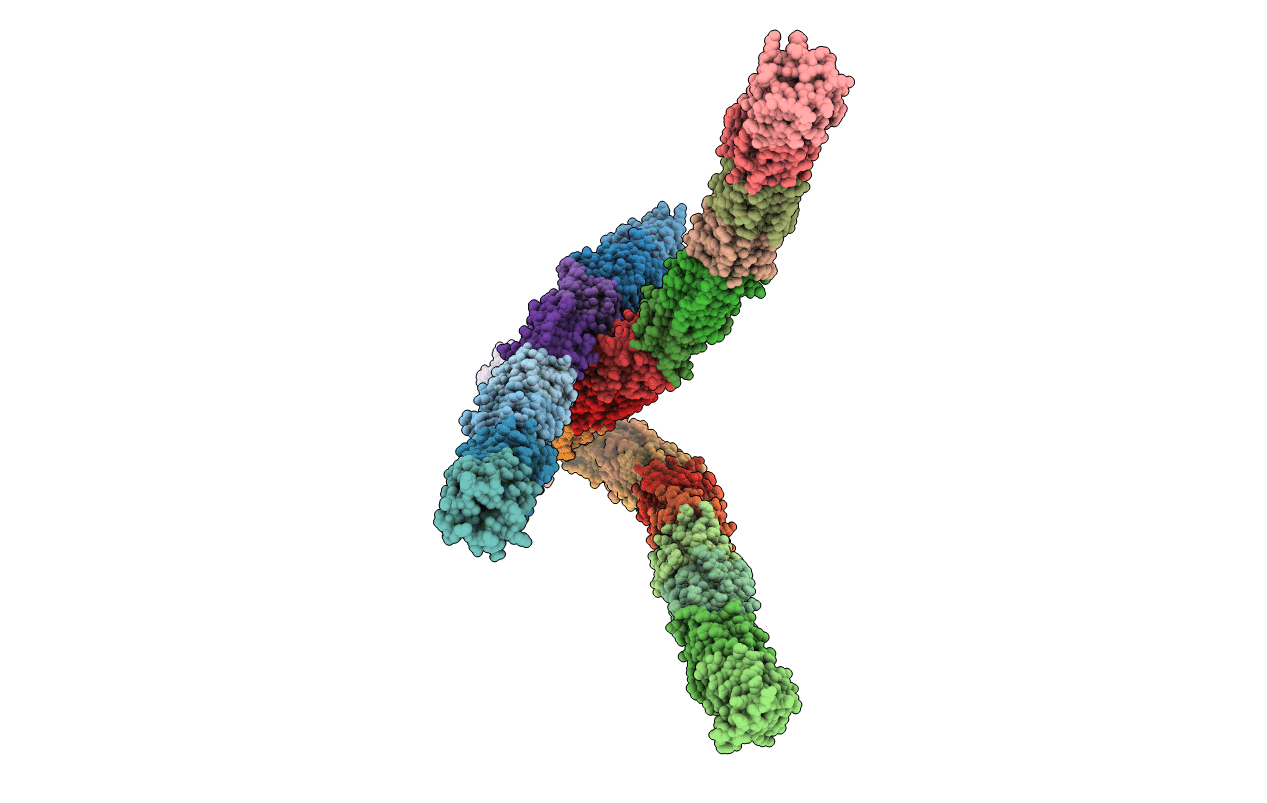
Deposition Date
2019-04-23
Release Date
2019-07-17
Last Version Date
2024-05-15
Entry Detail
PDB ID:
6RIA
Keywords:
Title:
Bactofilin from Thermus thermophilus, F105R mutant crystal structure
Biological Source:
Source Organism:
Thermus thermophilus (Taxon ID: 274)
Host Organism:
Method Details:
Experimental Method:
Resolution:
3.50 Å
R-Value Free:
0.30
R-Value Work:
0.28
R-Value Observed:
0.28
Space Group:
I 21 21 21


